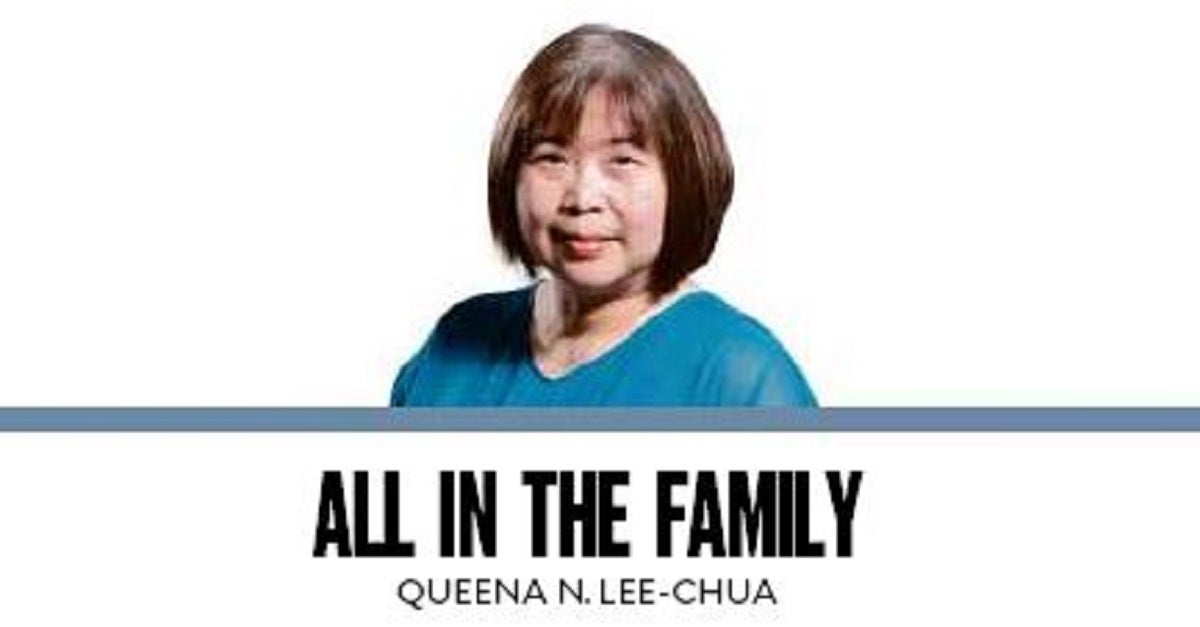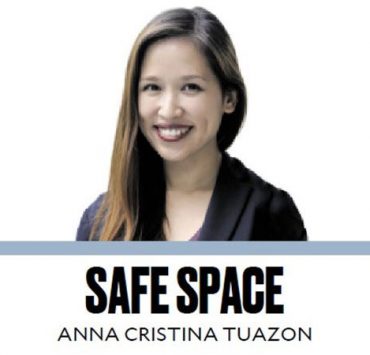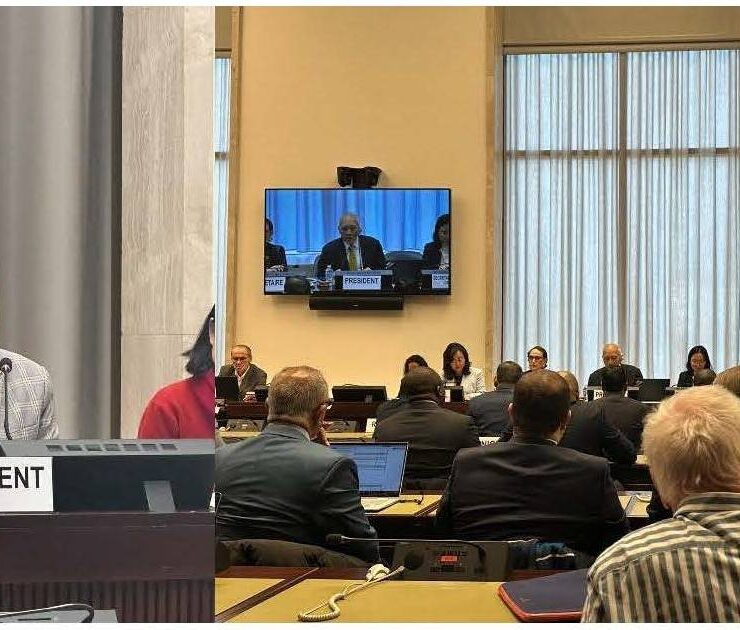Our greatest investors: The middle class

I never thought of leaving this country,” says Steven Cua, president of Philippine Amalgamated Supermarkets Association (Pagasa). When I agree with him, we also admit to each other that now in our middle age, we wonder if staying here is the right move.Last week we discussed how shrinkflation affects the needy. We extolled the rise of Dali, which is helping to cater to their needs. Shrinkflation and inflation also affect the middle class.“The middle class who decided to stay and not leave this country, sila rin iyong kawawa (they’re also pitiful),” says Cua. “They are the greatest investors in this country. They invested their lives and their children’s lives. Hindi pera iyong ininvest, buhay iyong ininvest (It’s not money they invested, but their lives). Sana there’s something to look forward to. We’re not just talking about infrastructure projects. We’re talking about standard of living.”
“Our country does not have developed industries, and the rich become richer, the poor become poorer. As the divide becomes greater, the middle class is slowly dying. SMEs (small and medium enterprises), a lot of which are family businesses, cannot cover costs.”
“Often we just want easy money. Investors from abroad, as if isang pasok ng bilyon, ah we’re rich (When investors infuse P1 billion, we already think we’re rich)! We need sustainability. Diyan tayo mahina (That’s where we’re weak). Business confidence, consumer confidence, are still down. Last Christmas, I visited supermarkets to check how many counters were open. One store had more than 50 counters, but less than 20 were open. How many people were not hired as cashiers, paid as baggers? How many families did not earn anything out of that void of unused capacity? And these are well-known places.”“What’s happening—shortcuts, quick fixes—is firefighting. We’re doing a lot of firefighting. It’s never enough. Once you douse the fire here, you go somewhere else, and you may have to return to the previous fire. We cannot concentrate on developing the economy.”
How can the wealthy help the middle class?
Give employees good jobs and good pay, Cua says. “To augment their income, several employees also become entrepreneurs on the side. Invest also in them, so they can employ people, test the waters. If they succeed, the multiplier effect is great.”
Cua cites Pagasa member Robert Go, head of the Prince Retail Group, who started out in Cebu with one warehouse club, painstakingly expanded into the Visayas and Mindanao, and now has 70 stores nationwide, except in the metro.
Cua also mentions a supermarket down south “with more than 80 checkout counters, and last Christmas, more than 50 were open. Not bad! Our country has areas ripe for development, so LGUs (local government units) should open their arms to investors.”
In other countries, some local governments mandate that companies hire a certain number of people in their area. “The same can happen here,” says Cua. “Likewise with products. Some provinces can tell companies to spend a certain amount on products made in their area. This can generate employment, make our economy go round.”
What can our government do against shrinkflation, and for the middle class to not leave the country?
“Two words: get serious,” says Cua. “We have roadmaps, plans. Let industries grow. If they price themselves out of the market, then they price themselves out of the market. Someone else is going to come in, from local or abroad, and this will expand the market. Of course, we need regulation to prevent abusive retailers and sellers. But overregulation, plus difficulties in doing business, discourage entrepreneurship. So go out and preach investment expansion. Go to the middle-income people who aspire to step up and become entrepreneurs. Make it possible for them to fail and try again. Let’s get our people to work.”
To business owners: “Do what you can for your neighbors, not just yourself. You don’t need to be a social enterprise to do that.”
To consumers: “Buy small products if those are all you need. Then you can save for other needs.”
Note: Last week’s column erroneously stated that the minimum fare for a calesa ride was P7 in 2017. Not a calesa ride, but a jeepney ride. Apologies. INQ Queena N. Lee-Chua is with the board of directors of Ateneo’s Family Business Center. Get her book “All in the Family Business” at Lazada or Shopee, or the ebook at Amazon, Google Play, Apple iBooks. Contact the author at blessbook.chua@gmail.com.





















